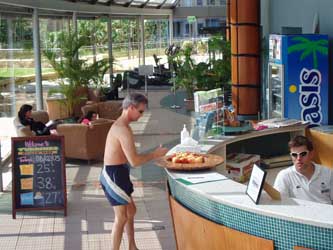 This is an excellent starting point for anyone wishing to work in a face to face situation, conducting recreation programs, or one to work as a recreation or youth leader in a child care setting or vacational program. Recreation leadership skills are also required in people who run activities for tourist groups, adventure seekers or fitness groups in a local gym or fitness centre.
This is an excellent starting point for anyone wishing to work in a face to face situation, conducting recreation programs, or one to work as a recreation or youth leader in a child care setting or vacational program. Recreation leadership skills are also required in people who run activities for tourist groups, adventure seekers or fitness groups in a local gym or fitness centre.
Good leadership is not something a person is born with. Certain personal traits, such as self confidence, may give some advantage over others; but effective leadership requires more than simply a forceful personality that is capable of dominating everyone else. Leadership contributes to order, motivates productivity, and influences the way in which resources, both material and human, are used.
Take this course to provide a foundation for a possible career in Leisure, Recreation, Sports, Fitness or Tourism industries.